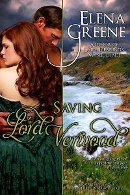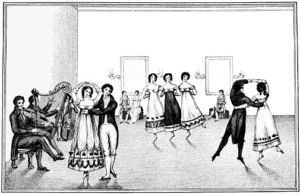 Last time, I blogged about an event I’m organizing for my UU church’s “Dining for Dollars” fundraiser–a Jane Austen movie night with period refreshments.
Last time, I blogged about an event I’m organizing for my UU church’s “Dining for Dollars” fundraiser–a Jane Austen movie night with period refreshments.
Since then, I’ve made progress on a menu. It’s a fair-sized crowd (about 20 people) with a variety of dietary needs and preferences. I’m looking mostly for recipes that can be at least partially prepared ahead of time at home, then reheated or finished as necessary at the church hall; otherwise I’ll need to hire some servants to help me!
The dietary issues are something I doubt a Regency hostess would have had to worry about, but I do want to make sure everyone has at least a few items they can eat. There will be both meat and vegetarian items. I’ve also figured out a few dishes that are gluten free and nut free. No one has asked for vegan. Perusing Georgian and Regency recipes, I’m finding that many include eggs and/or butter. I would have been willing to tinker with them if necessary, although I’m not sure how accurate the results would be (not that I’m being a real purist here).
Here are a few recipes I’ve tried out so far.
The first is a “White Fricasey” of chicken and mushrooms (above). I used a recipe for Uppercross Cottage Chicken Fricassee from the Jane Austen Centre website, adapted from The Art of Cookery Made Plain and Easy by Hannah Glasse (first published in 1747). With roasted potatoes and glazed carrots, it made a very nice meal. It should be easy to double and reheated well, so this should work as the main meat entree.
 The other recipe I just tried out is “Rout Drop Cakes” from The Jane Austen Cookbook by Maggie Black and Deirdre Le Faye. The recipe is adapted from one in A New System of Domestic Cookery, by Maria Rundell, 1806. These cookies are made with currants and flavored with orange juice, rose water, sherry, and brandy. I could see why they might be good for parties as they are small and not too crumbly. Good finger food, and I love the hint of rose-scent!
The other recipe I just tried out is “Rout Drop Cakes” from The Jane Austen Cookbook by Maggie Black and Deirdre Le Faye. The recipe is adapted from one in A New System of Domestic Cookery, by Maria Rundell, 1806. These cookies are made with currants and flavored with orange juice, rose water, sherry, and brandy. I could see why they might be good for parties as they are small and not too crumbly. Good finger food, and I love the hint of rose-scent!
Some other recipes I may try out soon are a “Vegetable Pie” for the vegetarian entree, a “Swiss Soup Meagre” from the cookbook of Martha LLoyd (with whom Jane Austen lived in the later part of her life), and a hedgehog cake which I hope will turn out as cute as the examples I’ve seen online.
Do you enjoy trying out period recipes? Any notable successes or amusing failures?
Elena

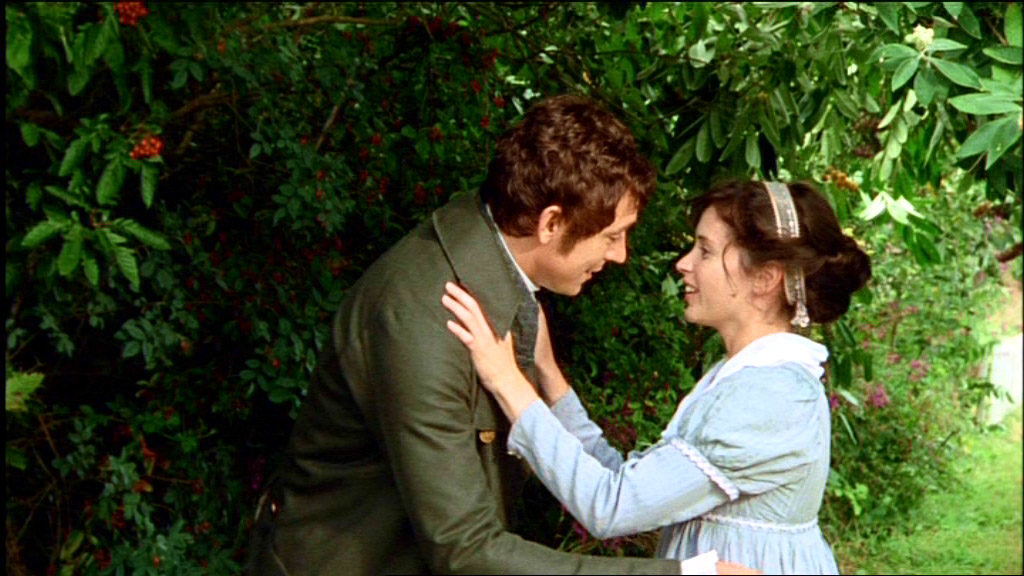
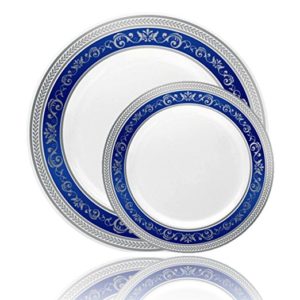
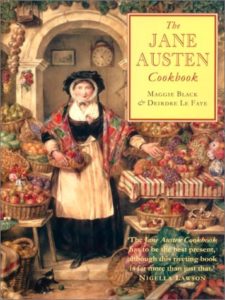
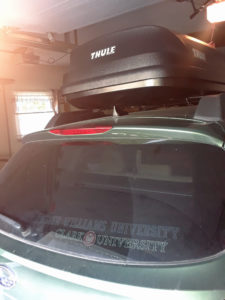

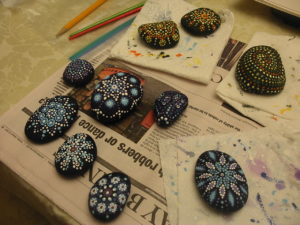
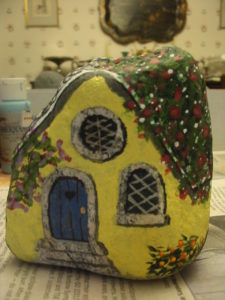 So stay tuned for more details, and let us know if you’ve got comments or ideas regarding our makeover.
So stay tuned for more details, and let us know if you’ve got comments or ideas regarding our makeover.
